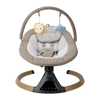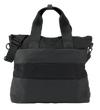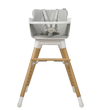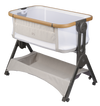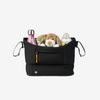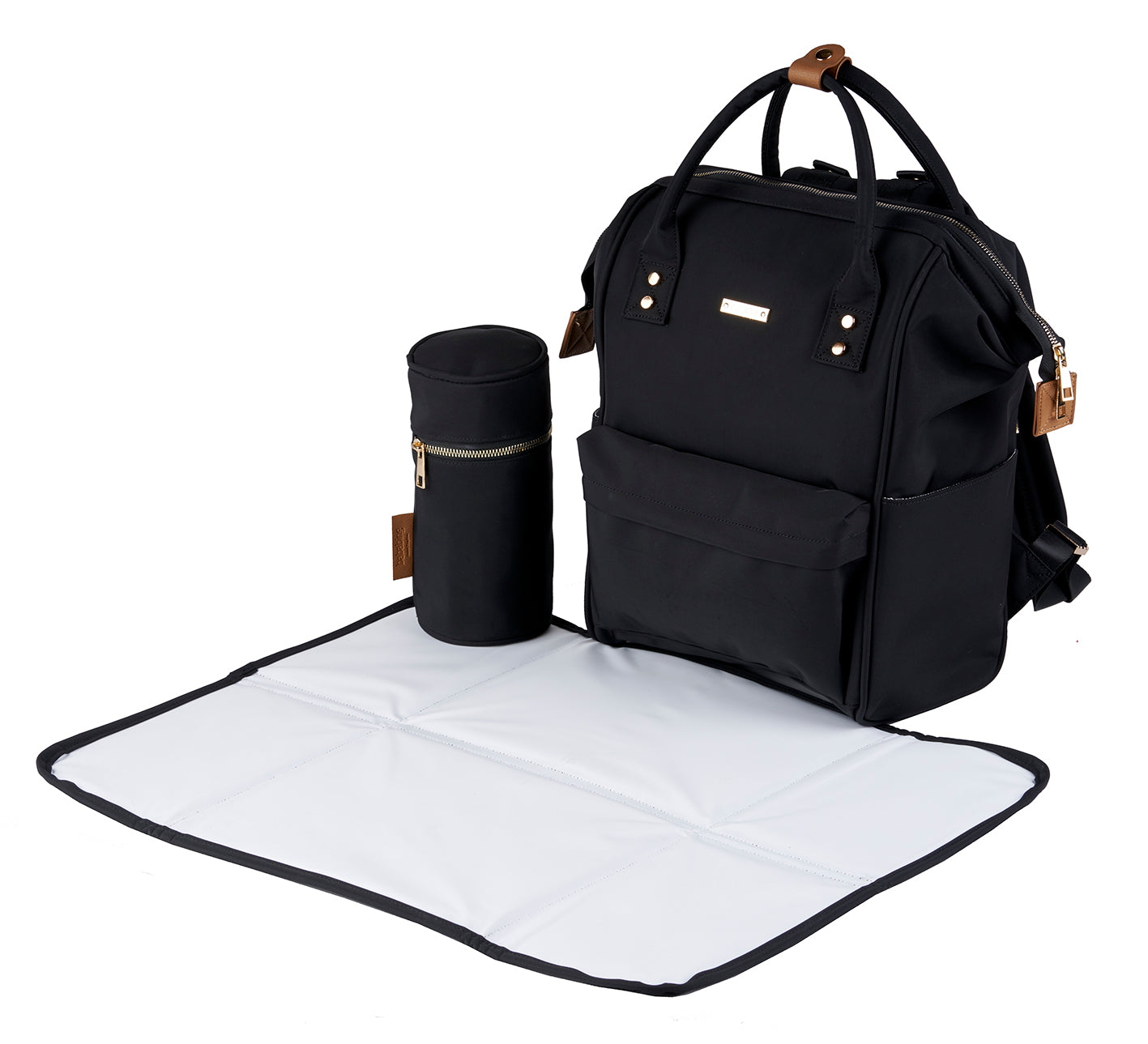Baby-led weaning is becoming increasingly popular, and with good reason: it has a whole host of benefits, from saving you time and energy, to helping your baby develop their motor skills much more quickly.
Here, we’re going to look at what baby-led weaning is, why you might want to give it a try, and which foods work best if you decide to go down this route. If baby-led weaning is something you’ve been considering, read on to learn everything you need to know before you start.
What is baby-led weaning?
In simple terms, baby-led weaning involves letting your little one feed themselves from the very beginning of the weaning process (when babies start to consume more than just breast milk or formula). The phrase was coined back in 2003 by former health visitor and midwife Gill Rapley.
Most babies will begin to reach for food at around six months old, which is when parents are typically encouraged to start weaning (WHO). At this age, most children will be capable of feeding themselves some proper foods like soft fruits and vegetables — although, this can get a little bit messy.
In order to start baby-led weaning, you simply have to hand your son or daughter suitable-sized pieces of food. If they like it, they’ll eat it and, if they don’t, they won’t. This allows them to develop their own food preferences and gets them used to eating the same foods as the rest of your family. It can also give them their first taste of independence.
What are the benefits of baby-led weaning?
There are a whole host of reasons why some parents decide to go down the baby-led weaning route. To begin with, it can save you a lot of time, as you don’t have to put as much work into preparing specific food for your little one. You can put the blender away and simply serve your baby the same foods that the rest of your family eat. Just make sure you cut everything up into smaller chunks.
Another benefit is that it can help your baby to develop their motor skills much more quickly. Because they’ll be practicing putting food in their own mouth, this will have a huge effect on their hand-eye co-ordination and dexterity. Plus, because baby-led weaning typically involves more solid food and less purée, they’ll learn to chew much sooner than they otherwise would.
Baby-led weaning can also teach your little one about healthy eating and self-regulation. When you’re feeding your baby with a spoon, it can be easy to slip in an extra mouthful or two, even if they’re full. But, if you leave them to it, they’ll be able to eat exactly what they need. This will help them to forge a healthy relationship with food.
What are the best foods for baby-led weaning?
You can introduce most foods to your son or daughter through baby-led weaning, but you’ll want to think carefully about what you feed them at the very beginning. We would recommend opting for fruit and veg that can be cut into small chunks or 5–6cm batons that are easy for your baby to handle. Here are some baby-led weaning ideas you can start with:
- Chunks or slices of fruit like banana, mango, and apple
- Steamed broccoli, carrots, and baby sweetcorn
- Bread, toast, or pitta bread
- Soft cheeses
- Roasted potato, sweet potato, or butternut squash
- Boiled eggs
- Unflavoured rice cakes
You can also involve your baby in your family meals by offering them some of the same food you’re eating. The following foods can make a great addition to their diet once your baby has started to get the hang of feeding themselves:
- Cooked fish (just make sure to remove all bones)
- Roast chicken
- Family meals like cottage pie and lasagne
- Strips of omelette
- Spaghetti and pasta dishes
The trick is to put your baby’s food in front of them, either on a plate or directly into their highchair tray. They can then try whatever you put in front of them and eat until they feel suitably full. While you’ll want to keep an eye on them, you should be able to leave them to it for the most part. Then, you can start eating your meals at the same time.
Baby-led weaning can be a lot of fun and should even help to accelerate your little one's development. So, if it's something you've been considering, why not give it a go?





